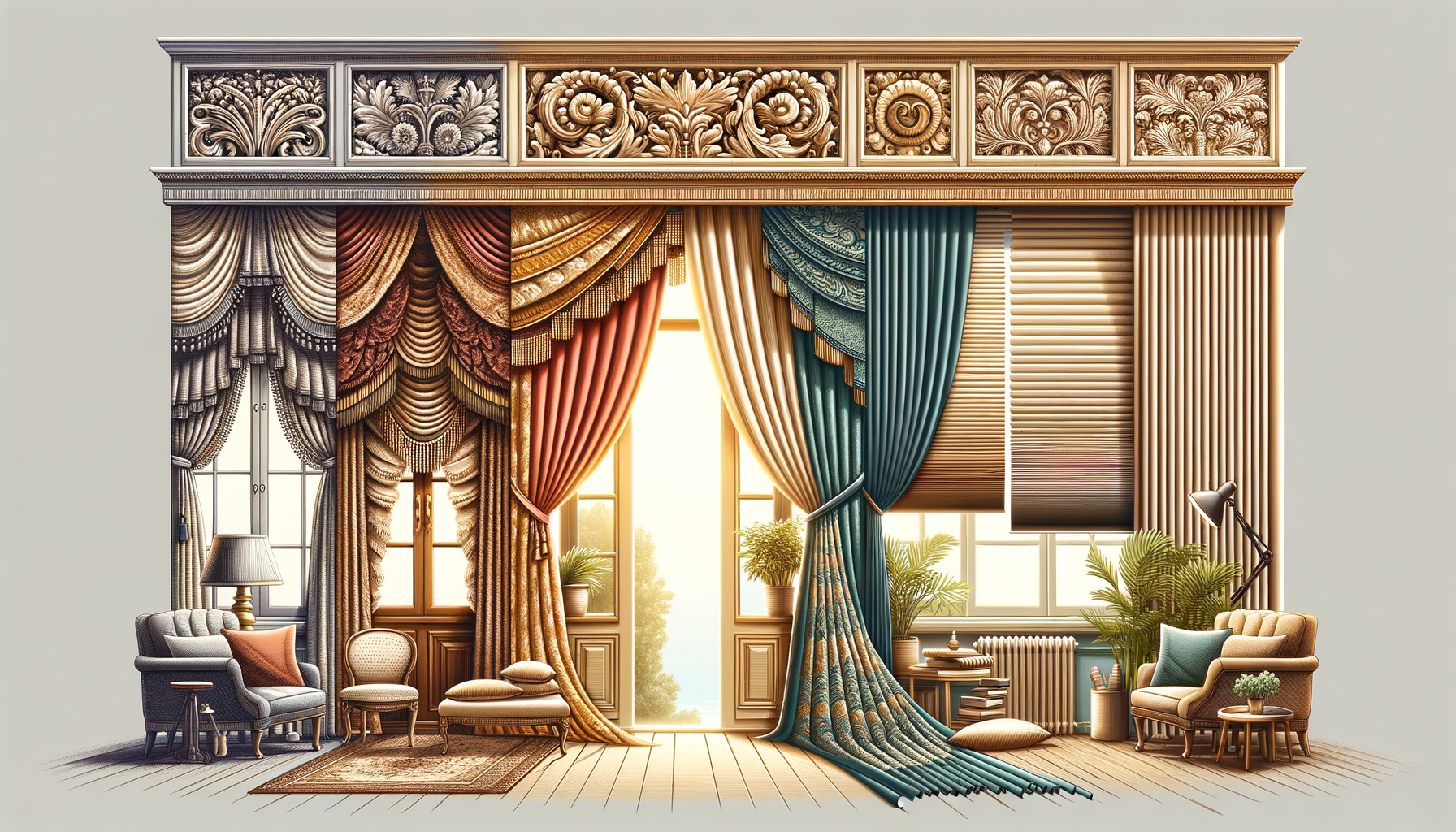The Evolution of Window Treatments: From Traditional to Modern
In the realm of interior design, window treatments have undergone significant transformations. Traditional drapes, often characterized by their heavy fabric and ornate patterns, were once the staple of home decor. These drapes served as both a functional and aesthetic element, providing privacy while adding a touch of elegance to any room. However, the advent of modern design principles has seen a shift towards more streamlined and minimalist window treatments.
Modern window treatments offer a variety of options that cater to the contemporary homeowner’s desire for simplicity and functionality. These treatments include blinds, shades, and shutters, each bringing its unique advantages to the table. Unlike traditional drapes, which can be cumbersome and difficult to maintain, modern alternatives are designed with ease of use and maintenance in mind. They are crafted from materials that are not only durable but also easy to clean, making them an attractive option for busy households.
The transition from traditional to modern window treatments is also driven by technological advancements. Smart blinds and shades, for instance, can be controlled via smartphone apps or voice-activated devices, offering a level of convenience that traditional drapes simply cannot match. This integration of technology into home decor is a testament to the evolving needs and preferences of today’s consumers.
Benefits of Modern Window Treatments Over Traditional Drapes
Modern window treatments offer several advantages over traditional drapes, making them a popular choice among homeowners. One of the most notable benefits is their ability to provide better light control. Blinds and shades, for example, can be adjusted to allow varying levels of natural light into a room, creating the perfect ambiance for any time of day. This level of control is difficult to achieve with traditional drapes, which often require manual adjustment to achieve the desired effect.
Another advantage of modern window treatments is their energy efficiency. Many contemporary options are designed with insulating properties that help regulate indoor temperatures, reducing the need for heating and cooling systems. This not only leads to lower energy bills but also contributes to a more sustainable lifestyle.
Modern window treatments also offer greater versatility in terms of design and customization. Homeowners can choose from a wide range of colors, patterns, and materials to match their interior decor. This flexibility allows for a more personalized approach to home design, ensuring that each space reflects the unique style and personality of its inhabitants.
Design and Aesthetic Appeal of Modern Window Treatments
The aesthetic appeal of modern window treatments is one of the primary reasons for their growing popularity. Unlike traditional drapes, which can sometimes overwhelm a room with their heavy presence, modern options are designed to complement the overall decor without dominating it. This is achieved through the use of clean lines, neutral colors, and minimalist designs that blend seamlessly with contemporary interiors.
Modern window treatments also offer the opportunity to experiment with different textures and materials. Natural materials such as bamboo and wood are increasingly popular choices, adding warmth and texture to a space while maintaining a modern aesthetic. These materials are often used in combination with more traditional elements, creating a harmonious balance that enhances the overall design of a room.
Furthermore, the sleek and unobtrusive design of modern window treatments allows for greater focus on other elements of a room’s decor. This is particularly beneficial in open-plan living spaces, where the continuity of design is essential for creating a cohesive look. By opting for modern window treatments, homeowners can ensure that their windows complement rather than compete with the rest of their interior design.
Technological Innovations in Window Treatments
The integration of technology into modern window treatments has revolutionized the way homeowners interact with their living spaces. Smart window treatments, such as motorized blinds and shades, offer unparalleled convenience and control. These innovations allow users to adjust their window coverings remotely, using smartphones or voice-activated devices, providing an effortless way to manage privacy and light levels.
In addition to convenience, smart window treatments can also enhance the security of a home. By scheduling blinds or shades to open and close at specific times, homeowners can create the illusion of occupancy even when they are away, deterring potential intruders. This added layer of security is a significant advantage over traditional drapes, which do not offer such capabilities.
The use of technology in window treatments also extends to energy efficiency. Some smart systems are equipped with sensors that detect changes in temperature and sunlight, automatically adjusting the window coverings to optimize energy use. This not only reduces energy consumption but also contributes to a more comfortable living environment.
Conclusion: Embracing the Future of Window Design
The rise of modern window treatments over traditional drapes marks a significant shift in interior design trends. As homeowners increasingly prioritize functionality, convenience, and sustainability, modern options such as blinds, shades, and shutters offer the perfect solution. With their sleek design, technological capabilities, and energy-efficient properties, these window treatments are well-suited to the needs of contemporary living.
By embracing modern window treatments, homeowners can enhance the aesthetic appeal of their spaces while enjoying the practical benefits they offer. Whether it’s through improved light control, energy savings, or the convenience of smart technology, the advantages of modern window treatments are clear. As the design landscape continues to evolve, these innovative solutions are set to become an integral part of the modern home.




Leave a Reply